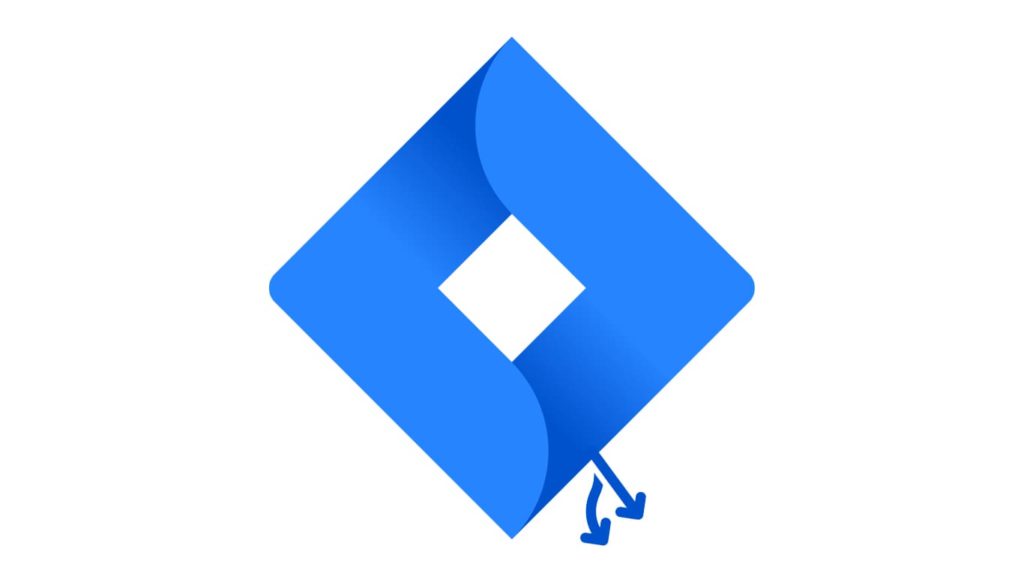
Jira is software for workflow management. It can help you track and manage your team’s work, examine the state of each project’s progress in real-time, and visualize processes. Over 65,000 companies use it to conduct business and provide better research, automotive, financial, or retail services. Although Jira is a great tool, there are other choices on the market. Each alternative has its strengths and weaknesses, so you must consider the type of your organization before making the best decision for your team. Here are some of the best alternatives to Jira when conducting business.
Why you should stop using Jira and look for an alternative
If you are working with Jira or have ever used it, then you must be empathetic to those who want to look for a change. Yes, Jira is still a pretty powerful project management tool. But many believe it is too hard on itself, by making the process too complex.
As such, it might not be the best fit for a team. Which kind of defeats the purpose of a project management tool. We also have to understand that things change over time, and what once was best for you might not be so later on.
If you are looking for reasons to drop Jira and adopt an alternative, then carry on reading, as we have included a few points below:
- The most common complaint people have regarding Jira is its complexity.
- There have also been cases regarding its poor performance and instability.
- The software kind of feels more focused on IT professionals.
- Also, it has a steep learning curve; many companies even have to prepare a training camp for people to learn how to use it.
- The platform offers very limited integration and is expensive to boot.
- And finally, customization requires extensive knowledge of the platform in the first place.
Top Jira Alternatives
| Software Name | Pricing | Best For |
|---|---|---|
| Trello | Free and paid plans | Task and project management |
| ClickUp | Free and paid plans | Productivity and task management |
| Wrike | Varies | Project management for mid-sized teams |
| Redmine | Free and open-source | Documentation and issue tracking |
| Notion.so | Free and paid plans | Project management and collaboration |
| Binfire | $69 per user (annually) | Task and project management |
| Basecamp | Free and paid plans | Centralized project management |
| Asana | Free and paid plans | Task and project management |
| Shortcut | Free and paid plans | Simplified project management |
| ProofHub | Paid plans | Project and team management |
| Pivotal Tracker | Free and paid plans | Agile project management |
| Zepel | Free and paid plans | Software product team management |
This software isn’t easy to learn and is supposedly not meant for everyone. The main issue is that it was made for developers. Much to everyone’s surprise, developers don’t find it that attractive, either. To add insult to injury, many companies reported the software is difficult to migrate to another platform, has an outdated interface, and doesn’t come at fair pricing.
Jira has not been the most optimal tool for managing tasks and teams in recent years, let alone those in software development. Luckily, plenty of free and paid Jira alternatives for business. This lets you decide which one to choose, depending on your business needs and budget.
1. Trello
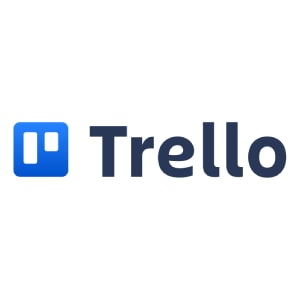
It’s a Kanban-style tool that lets you create lists and organize them into boards and label cards with details like priority levels or due dates. There’s no limit to how many boards you can make (unlike in Jira), which makes it great for those who need flexibility in project management tools. You can also assign tasks within each card.
Plus, you can tag people from your team inside that list if they’re assigned something specific. There are undoubtedly many ways to use Trello. However, product managers and teams that need to stay on top of tasks from start to finish consider it the best.
Trello Features
- Assign tasks
- Drag and drop cards
- Kanban board view
- Multiple integrations
- Progress charts
- Set reminders
- Tags, labels, and categories
2. ClickUp
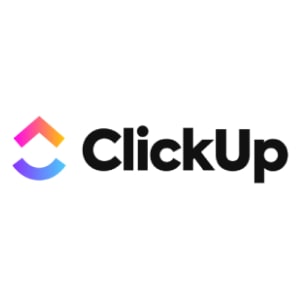
ClickUp is one of the leading productivity tools on the globe right now. Unlike Jira, ClickUp is free, owing to its popularity. Yes, there is another paid version with additional features, but most users are satisfied with the free version as it offers essentials such as a to-do list, checklists, task manager, assigned comments, text editing, multitasking bar, and custom statuses. But what separates it from the rest is its highly trained and appreciated customer support.
Finally, it is a free-to-use service, but there is a paid plan with some added features that start at $5 per month. ClickUp is an excellent example of how modern technology helps to improve productivity.
ClickUp Features
- Create and manage tasks
- Collaborate with your team members
- Whiteboards for live demonstrations
- Easy drag-and-drop interface
- Note-taking features
- Progress and Goal tracking
- Multiple views to analyze the tasks
- Extensive reports
3. Wrike
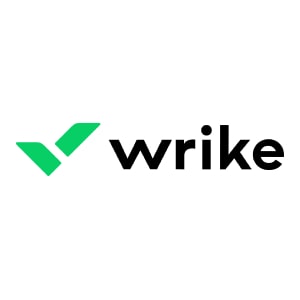
Wrike is a Jira-like project management software for mid-sized and large teams that helps organize, monitor, and expedite workflow. It is a cloud-based collaboration software that works with any type of project management method, including the waterfall one.
Wrike permits you to fully customize your process so that your team members can be more productive. It provides robust reports on team progress, Gantt charts to track activities, and much more.
Wrike Features
- Built-in templates
- Customizable dashboards
- Drag and drop functionality
- Team collaboration and budgeting features
- Single-view dashboards
- Support time tracking
- Workload charts for resource management
4. Redmine
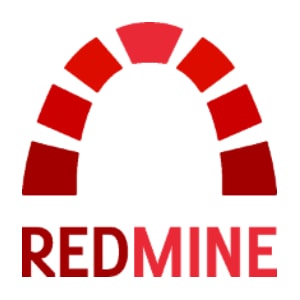
Redmine is best for teams that have a lot of documentation associated with each project and must stay on top of each one. It’s best suited for small projects where the manager isn’t concerned with having too much information available at their fingertips. On top of tracking all your work in one place, it features wiki pages that are great for cataloging existing procedures.
Simultaneously, it provides an area where you can store more technical details like screenshots or code snippets related to each task. It has customizable reports so that managers can see exactly what they want whenever they require it. Redmine even makes real-time collaboration possible by allowing multiple people access inside certain areas of projects without sacrificing security.
Redmine Features
- Feeds and email notifications
- Flexible issue tracking system
- Flexible role-based access control
- Gantt chart and calendar
- Multiple projects support
- News, documents & files management
- Per project wiki
5. Notion.so
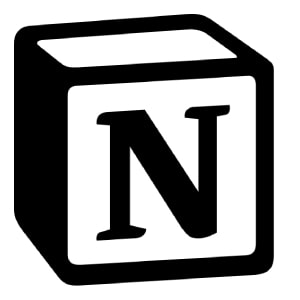
Notion.so is a Jira alternative that’s free to use. You can take notes, create papers, organize tasks, use the Kanban method, and so on. Best of all, you can do so from one location using this project management and collaboration software. Notion.so can also be a decent customer relationship management (CRM) tool and truly appears to be simple and user-friendly. If you want to access superior features, you can buy its Plans that range from $4 to $8 a month.
Notion Features
- Admin features
- Lists, boards, tables, calendars, and more
- Multiple database views
- Public view
- Real-time collaboration
- Templates for HR, design, project management, and more
6. Binfire
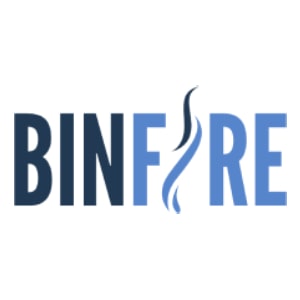
Binfire is ideal for teams that must manage a plethora of minor tasks and projects. It allows them to track issues, bugs, or enhancements easily. Not only does it allow users to add custom fields, but it also uses tags and notes when necessary.
More importantly, Binfire, which landed the 5th spot on our list of Jira alternatives, costs $69 per user if paid annually. It has some nice features like templates that allow users with limited technical knowledge to create project management templates without coding experience.
Binfire is a superb option for managers or sales representatives who require such a tool for internal purposes and must work with lots of data. The tool also integrates well with other Atlassian products such as Jira Cloud, Confluence Server & Data Center, HipChat, Bitbucket, and Bamboo. Thus, it allows task data to be seamlessly transferred from one platform to the next.
Binfire Features
- Activity Stream
- Burndown chart
- Interactive whiteboard
- Personal dashboard
- Project status report
- Project template
- Workspace calendar
- Workspace management
7. Basecamp
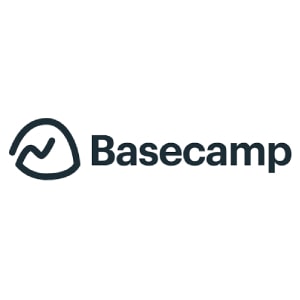
Basecamp is a superior option for teams that need a more robust tool. It offers great features such as calendar sync, which allows you to see what other team members are doing at any given time. Basecamp also supplies automated project templates. That way, managers can quickly get new projects up and running. The tool even lets users set daily reminders, so they can stay on top of tasks without having to log in and check their email constantly.
However, the best part about this platform is its messaging system. It allows clients, prospects, and vendors alike to submit questions about specific projects. They don’t have to leave the organized message board format, unlike sending emails back and forth, where conversations may become confusing over time.
It’s best suited for small companies with 70 to 100 employees, and purposes such as managing multiple projects at once and needing a centralized location for their team.
Basecamp Features
- Automatic check-in questions
- Documents and file sharing
- Group chat and direct messages
- Messaging Support
- Task management
- Task reporting
- Universal search option
8. Asana
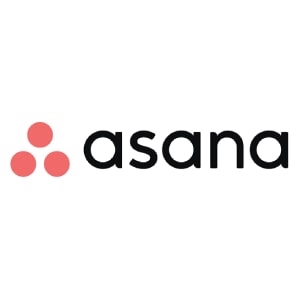
Asana is best for teams that require having everything in one place. While it lacks some advanced features you’d find in other tools, its price point makes up for this by being free. It has a nice perk where users can upload files directly, making life easier when working on multiple tasks without constantly switching applications.
With Asana, managers won’t need any training. That’s the best part about using this platform — it’s extremely easy to navigate.
This is especially true if your team already uses Gmail or Google Drive. That way, most people can figure out what’s going on just by glancing over each project. It even lets users create sub-tasks that come in handy when delegating more important tasks to other team members.
While most desirable for small teams, it lacks some high-level features other tools on our list possess. However, if transparency is key and your goal is to have everything in one place, this might be an ideal Jira alternative.
Asana Features
- Attachments support
- Board view for agile project management
- Calendar view
- Custom fields
- High-level activity feed
- Multiple workspaces
- Project permissions
- Real-time chat and collaboration
9. Shortcut (Formerly Clubhouse)
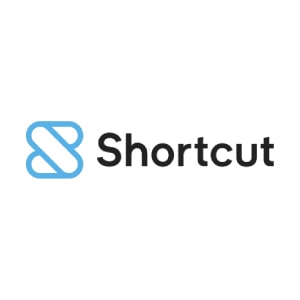
Shortcut is suitable for small teams looking to get started with project management. The most satisfying part about this tool is how easy it is to use. For example, you can upload files directly into the platform and set reminders to never miss an important task again. It also lets users create sub-tasks, which are useful when working on larger projects that need more delegation.
Managers will especially like Shortcut’s reporting feature, as it permits them to track everything. For instance, they can see the time spent on specific tasks or groups of tasks within one simple interface. All that without having to manually add each entry somewhere else. This makes their life easier when they must compare different members’ workloads across various other tools used concurrently.
Shortcut Features
- Extensive API
- Multiple integrations
- Reporting dashboards
- Stories for collaboration and documentation
- Task reports
- User-friendly interface
10. ProofHub

If you’re searching for Jira alternatives that provide more freedom in managing your teams and business projects, ProofHub is a great choice. It lets you maintain ultimate control of personnel, activities, projects, and communications by providing a single source of authority. With simple to-do lists, agile workflows, and Kanban boards, you can manage tasks with flexibility.
The built-in messaging software is ideal for keeping track of all your company’s communications in one place. It also includes an online proofing tool that makes reviewing and providing feedback faster. You’ll get a dedicated area for real-time discussions and custom reports, too.
That will assist you in better managing projects and resources. Proofhub also connects with third-party applications such as Google Drive, OneDrive, Dropbox, and Box to provide a single location to access all of your data.
ProofHub Features
- Advanced search option
- Announcements
- Custom workflows
- Kanban boards
- File management
- Gantt charts
- Online discussions for teams and clients
- Time tracking
- To-do lists
11. Pivotal Tracker
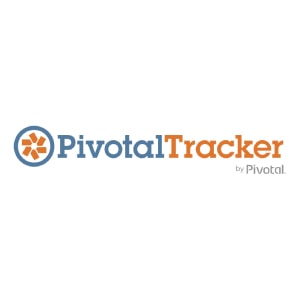
Pivotal Tracker is an agile project management tool. It prioritizes tasks for your whole team and helps decide which tasks to tackle next. It is also one of Jira’s direct competitors, as it offers backlog lists, features, and hotfixes to aid management with picking and choosing what to do next.
Team velocity is also calculated by story points, hence tracking team performance. Such as it can also prove beneficial when delegating tasks. Although the tool costs $10 per month, it also has a free version, but only up to five users.
Pivot Tracker Features
- Easy task creation and management
- Team collaboration
- Automatic planning
- Workspaces to organize your projects
- In-depth analytics
- File sharing features
- Notifications to keep you updated
- An advanced search and filter
12. Zepel
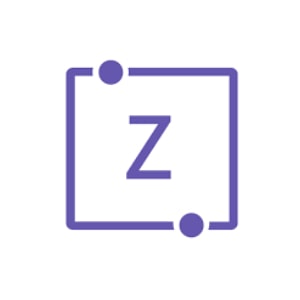
Zepel is a project management software designed specifically for software product teams. It gives you a bird’s-eye view of what’s going on within the organization. Zepel is also highly effective for companies with employees working from home. You can quickly process customer requests, comments, and bug reports from different tools.
It’s simple to prioritize tasks using the Plan, which offers a visual plan of action for all features and allows you to track their progress in one place. Because many Jira users switched to Zepel, it recognizes the importance of developers’ productivity and has strong integrations with GitHub, Bitbucket, and GitLab. This allows programmers to link items by item ID to pull requests, branches, and commits, and automatically update work within Zepel based on their Git Workflow.
Zepel Features
- Activity timeline
- Advanced search
- Attachments and dependencies
- Integrations with GitHub, Bitbucket, GitLab, Slack, Figma, and more
- Multiple assignees
- Timed screenshots
What do we recommend instead of Jira?
If you want our recommendation, we would prefer something like Trello over Jira. Trello is much better at project management. It offers unlimited boards and label cards, which allows for much greater flexibility.
Then there is ClickUp, which is actually a free tool, that has made it one of the most popular project management tools on the globe. It also has a dedicated customer support team in place.
And we also prefer Redmine for smaller projects. Although it is more suitable for teams that have to deal with a lot more documentation, it is still a better tool that offers sufficient space for attaching technical details.